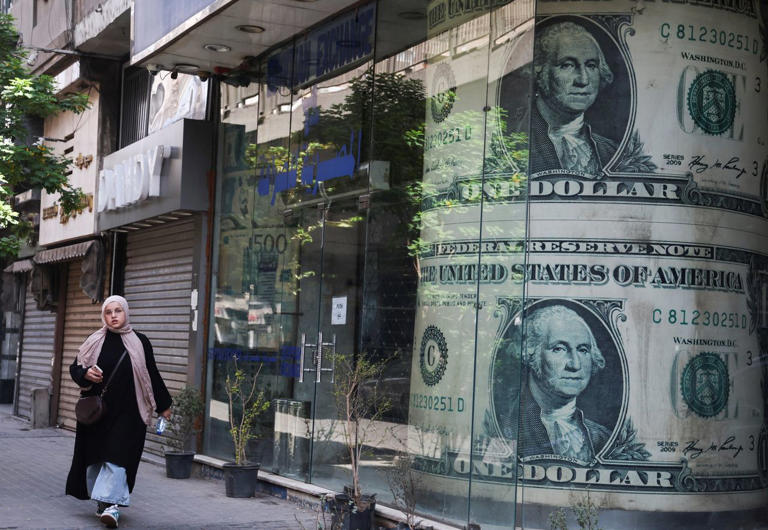For over a decade, the U.S. dollar has stood as an unyielding force in global currency markets. Its supremacy seemed unchallenged, shaping international trade and investment flows. Yet, as with all things in economics, nothing remains static forever.
Surprisingly, this year has breathed new life into the greenback, defying the expectations of many analysts on Wall Street. The dollar’s resurgence comes amid turbulent inflation data, which has prompted investors to reassess their forecasts for interest rate cuts by the Federal Reserve.
While the dollar’s strength against other currencies has not yet reached the heights seen in 2022, it still holds a position of historical significance when adjusted for inflation. In fact, it is currently only 10% shy of the level at which Richard Nixon ended gold convertibility in 1971, a move that reshaped the global monetary system.
The last time the dollar exhibited such sustained strength was during the 1980s, under the stewardship of Paul Volcker, a renowned hawkish central banker. During this period, the dollar’s ascent raised concerns among U.S. officials about its impact on domestic industries, prompting coordinated efforts to engineer its depreciation.
Similar concerns could resurface, especially if Donald Trump secures victory in the upcoming presidential election. Trump’s economic advisers have advocated for a weaker dollar to address the U.S. trade deficit, particularly in relation to the Chinese yuan.
Furthermore, economic growth outside the United States is gaining momentum, historically leading to a weakening of the dollar. Recent data suggests a turnaround in economic activity in regions such as the eurozone, Japan, and China. As these economies gather pace, investors may find it opportune to diversify their portfolios by allocating more capital overseas.
A depreciating dollar typically stimulates global economic growth, benefiting emerging nations, particularly those with high levels of dollar-denominated debt. A weaker dollar reduces the cost of servicing such debt, providing relief to countries struggling with external financial obligations.
From an investment standpoint, a weaker dollar tends to favor international stock markets, where cyclical companies thrive amid broader economic expansion. European banks, for instance, have seen significant gains amid expectations of a weaker dollar.
Despite the dollar’s recent resurgence, its elevated value may be somewhat deceptive when considering certain factors. For example, the United States has transitioned from being a net importer to a net exporter of energy, thanks to the shale revolution. Additionally, Washington’s industrial policy initiatives and recent tariffs could introduce further complexities into the currency’s trajectory.
In conclusion, while the dollar’s current strength may persist in the short term, investors should remain vigilant of potential shifts in economic dynamics. The global economy is a complex ecosystem, and as conditions evolve, so too may the outlook for the dollar and global markets.
